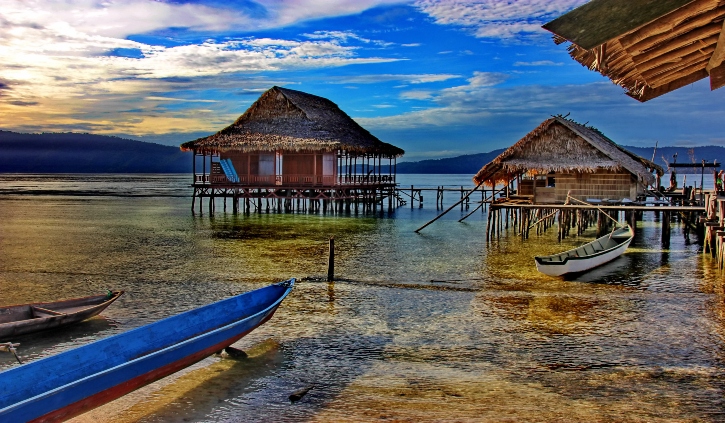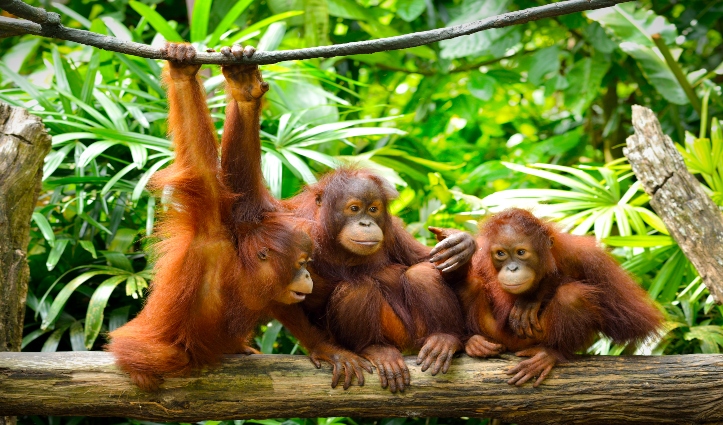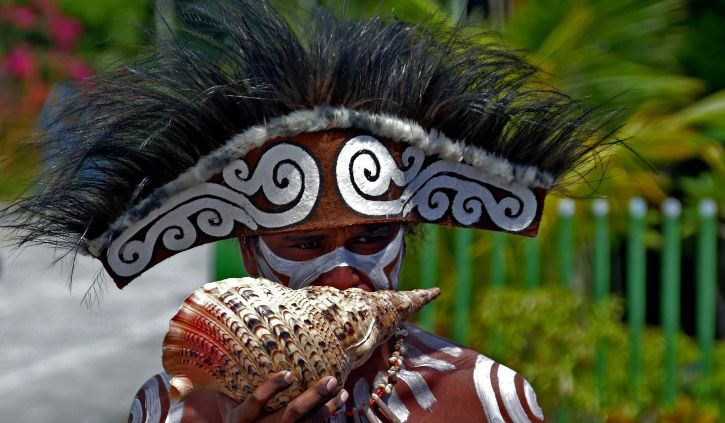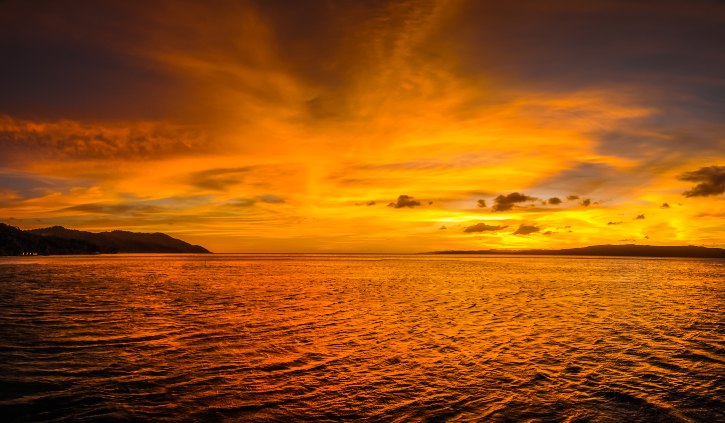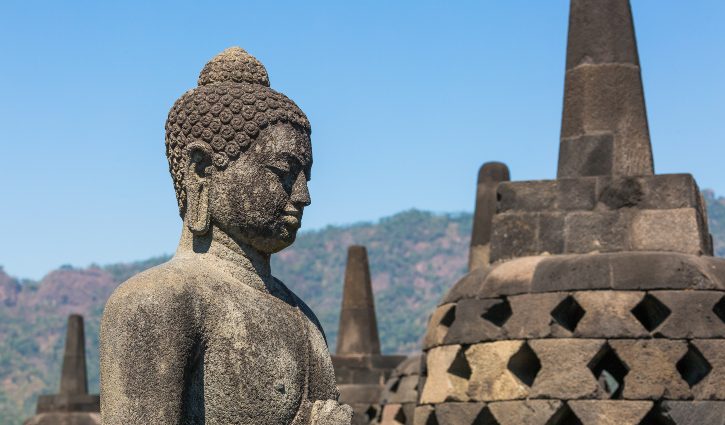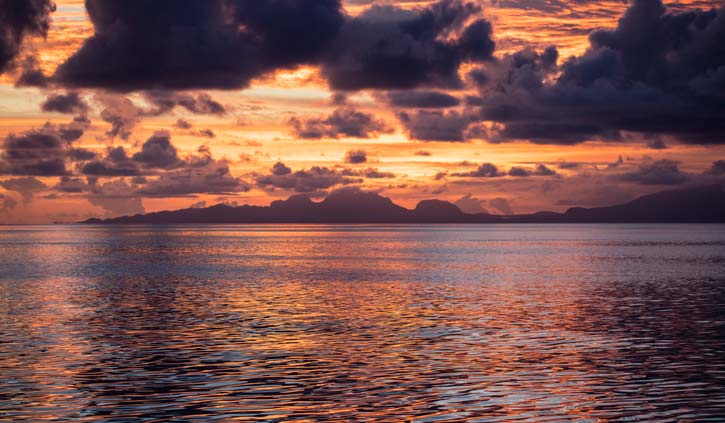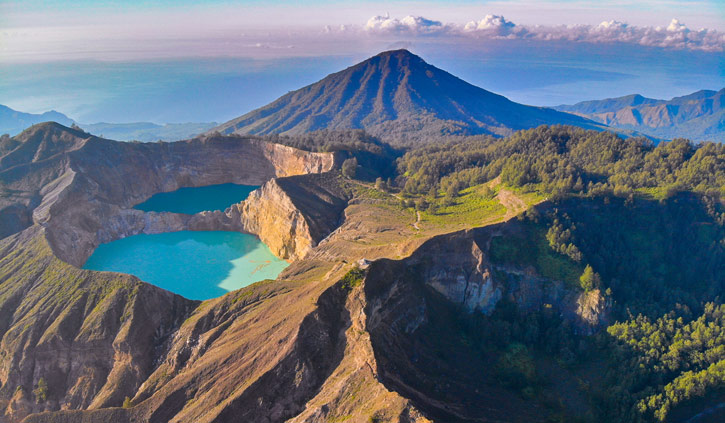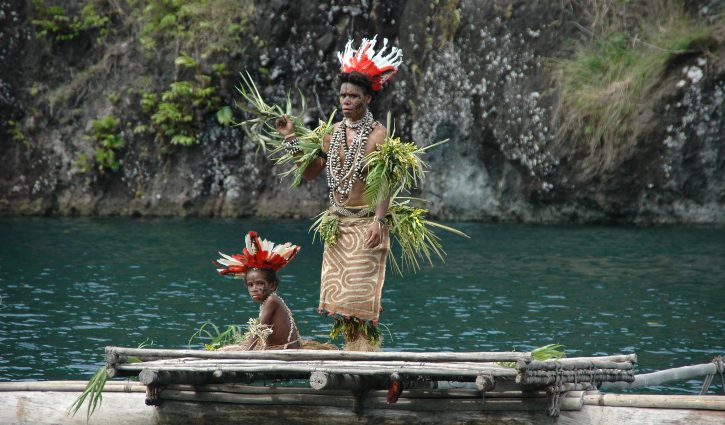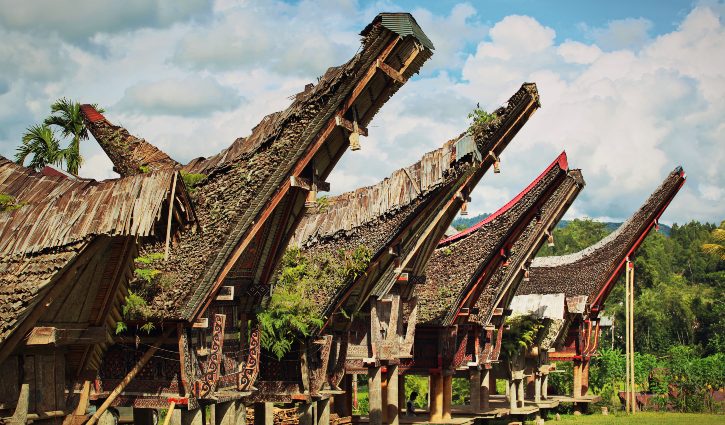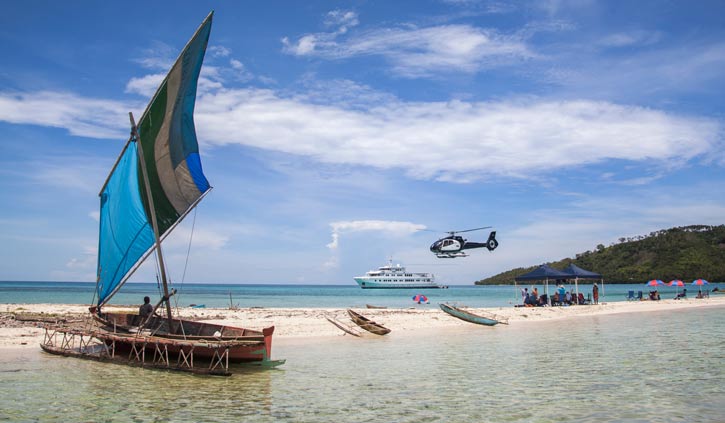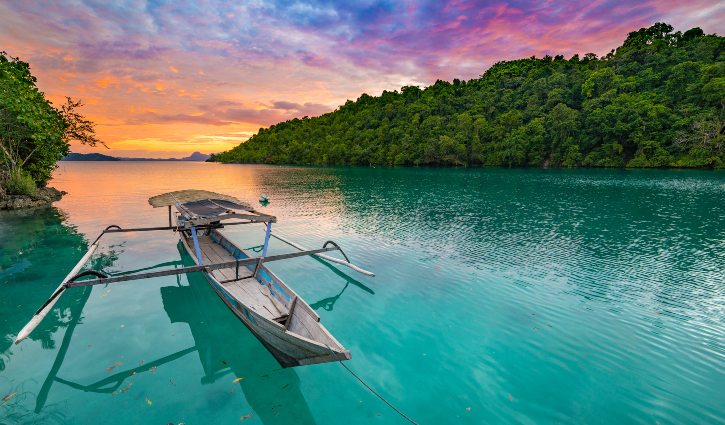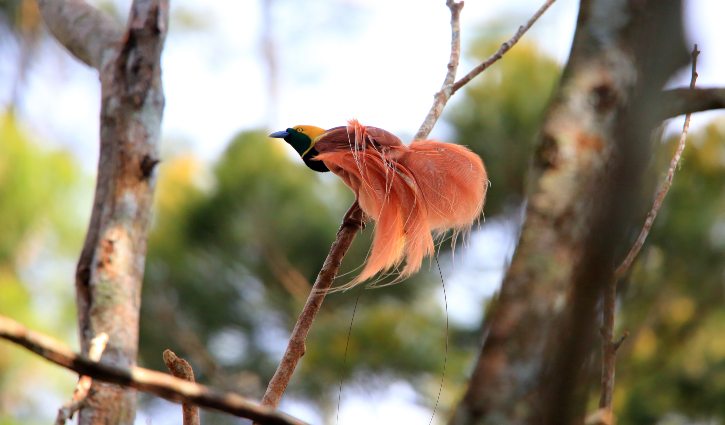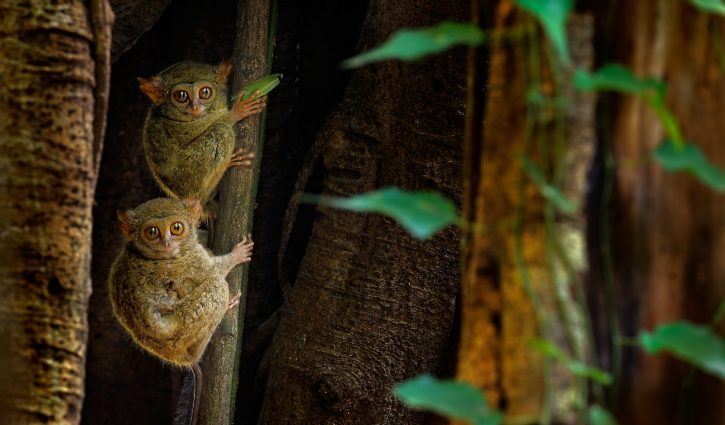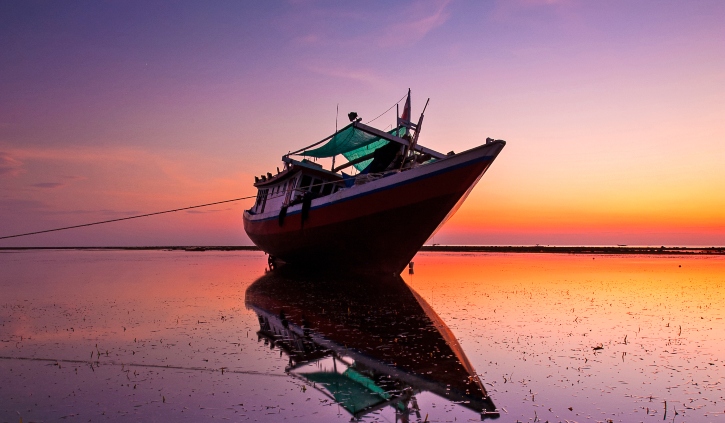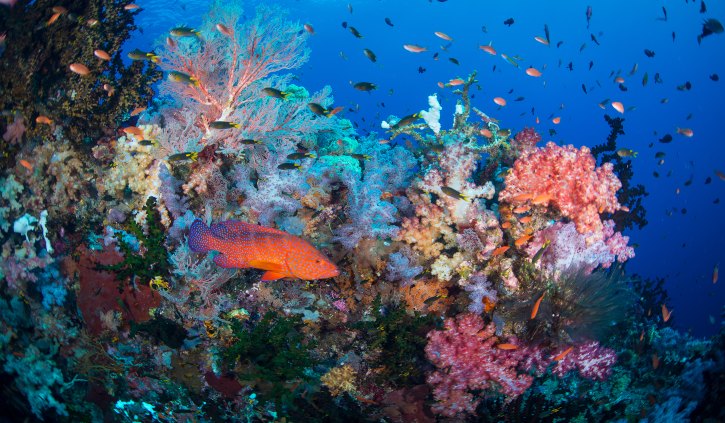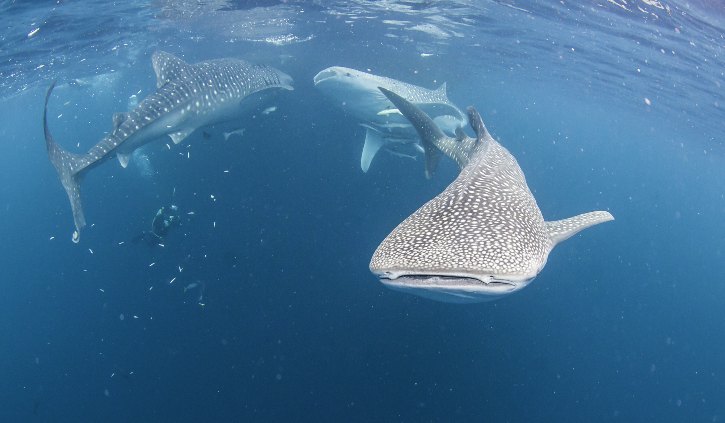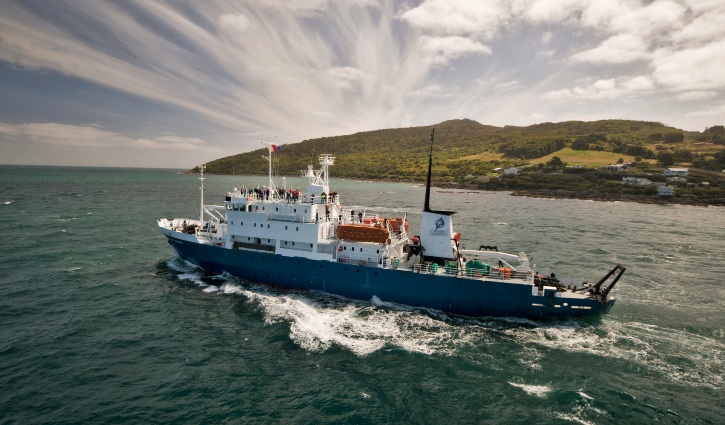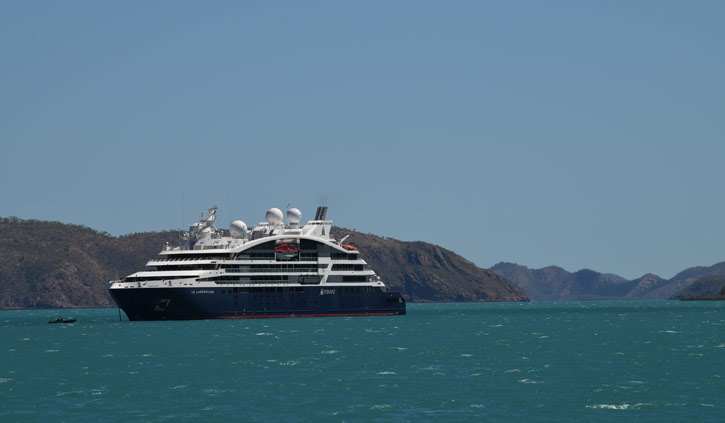
Indonesia and West Papua Cruises
With over seventeen thousand islands making up the Indonesian archipelago there is a never ending abundance of culture and incredible landscapes to explore. As the largest country of Southeast Asia, with 7,000 uninhabited islands, the best way to experience the region is via a luxury or expedition ship, enabling you to be able to weave your way through these palm-fringed islets and seek to spot the unique wildlife that is hiding around each corner and below the oceans surface. Home to some of the worlds best reefs and most bio-diverse oceans on the planet, the surrounding waters of Indonesia are incomparable to other tropical destinations. The historically significant West Papua region of Indonesia offers opportunities to visit several tribal villages living the most traditional way of life.
Search INDONESIA and WEST PAPUA Cruises
INDONESIA & WEST PAPUA LUXURY & EXPEDITION SHIPS
If you know the ship upon which you would like to explore Indonesia & West Papua on click on the image or button below and you’ll be taken to the page for that ship with all of its itineraries.
HIGHLIGHTS OF INDONESIA & WEST PAPUA
KOMODO DRAGONS
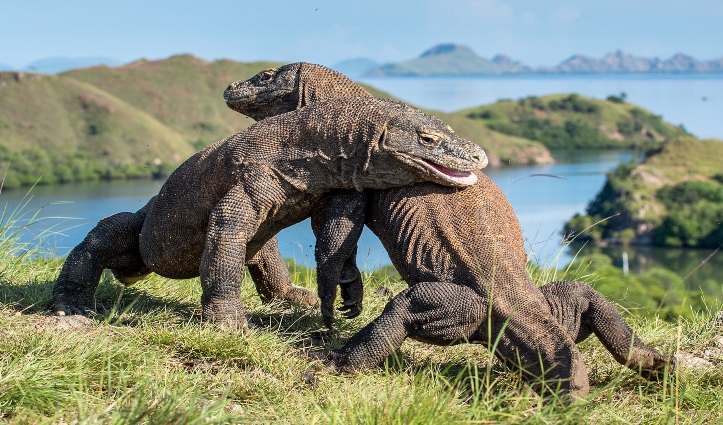
Prehistoric and found nowhere else in the world, the Komodo Dragons of East Indonesia are as captivating as they are ancient, known to roam this planet for millions of years. Unknown to western scientists until 1912, these lizards, the Earth’s largest, can grow up to three metres in length and weigh 70kg on average (although the largest was an enormous 166kg). On the islands that they inhabit among the Indonesian Archipelago – Komodo, Gila Motang, Rinca and Flores – they are the dominant predators and they catch their prey with their venom glands. They can consume an impressive 80% of their body weight in a single feeding. They do not pose a threat to humans when you listen to your guide and respect their territory. A chance to see them up close is an incredible opportunity for those on an expedition and luxury cruise that travels through the region.
CORAL TRIANGLE
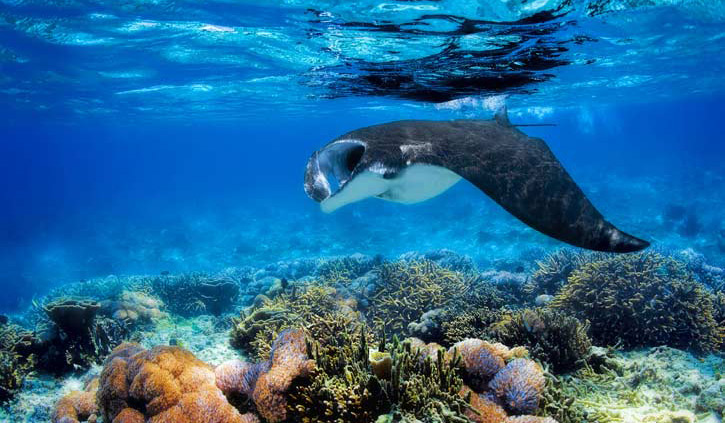
Consisting of waters from Indonesia and Papua New Guinea along with parts of Malaysia and the Philippines, the Coral Triangle is often referred to as the Global Centre of Marine Biodiversity and commonly called the ‘Amazon of the Sea’. The triangle is teeming with wildlife along with a wide array of colours in the extensive coral reefs, that contain 76% of the world’s coral species. Some theories suggest that this is where coral reefs stem from, which could be why so many marine animals have chosen to call the region home. Of the 6,000 reef fish found in the area, 235 of them can be found no where else in the world. Of the seven species of marine turtles, six can be found in the region along with sperm whales, blue whales, dolphins and dugongs. You may even have the opportunity to swim with manta rays.
RAJA AMPAT
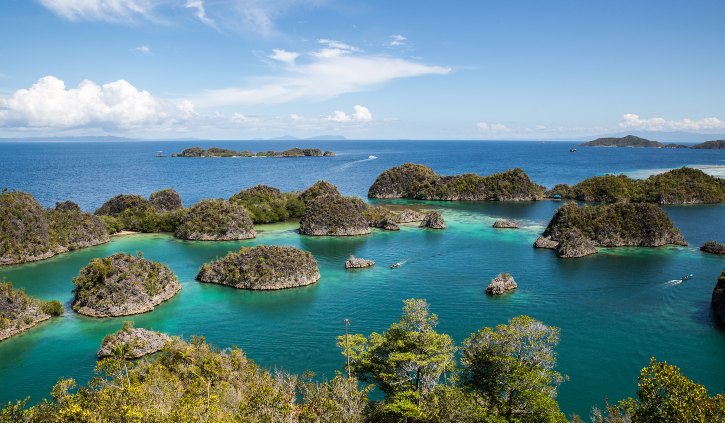
Located in West Papua, this archipelago is home to more marine species than anywhere else on the planet, making it understandable as to why people flock from all over the world to witness the incredible ecosystem and biodiversity that Raja Ampat has to offer. At least 16 species of whales and dolphins are found throughout the waters and marine life is simply teeming. Raja Ampat or “four kings” consists of hundreds of islands, each unique and full of culture. The limestone islets and jungle covered islands are characteristic of the region and beg to be explored.
SPICE ISLANDS

Now known as the Moluccas Islands, the former Spice Islands are rich in both history and culture. Known as the origin of nutmeg, that was once worth more than gold in terms of weight, the Islands were also home to cloves and cinnamon. Once these islands were discovered, several challenges took place for the reign when eventually the Dutch became victorious and created a monopoly resulting in the Dutch East India Company being established. Many well maintained forts and relics still remain on the island and a chance to explore them feels like a step back in time and an incredible opportunity to learn about these important chapters of history.
CULTURE

Image Courtesy of Ponant.
From bustling metropolises to uninhabited lands, the islands of Indonesia offer a plethora of different cultures to experience and observe. Most notably, visiting West Papua offers an insight into meeting and witnessing the people and tribes that are still living primitively among their beautiful surroundings. There are more than 400 distinct tribes along with local languages still in existence throughout the region.



